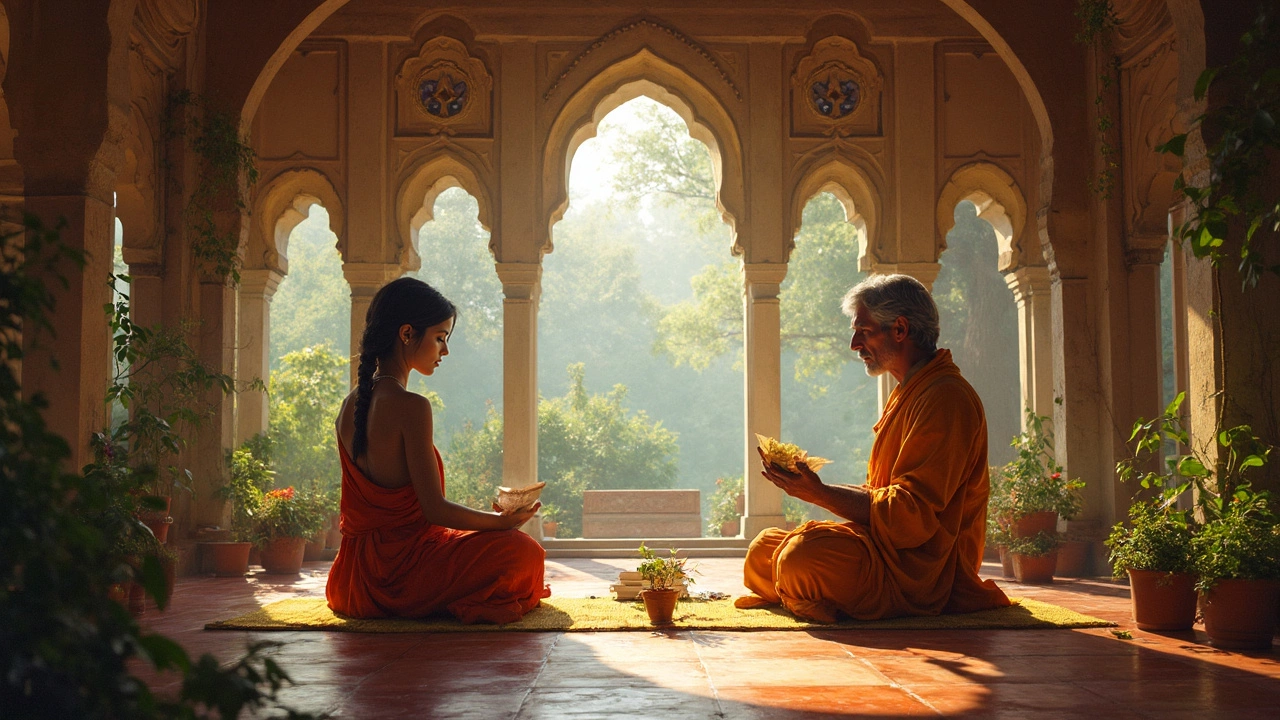
Ayurveda Lifestyle Guide: Balance, Diet & Daily Habits for Modern Life
Discover Ayurveda lifestyle essentials: balance your mind and body, follow Ayurvedic diets, live in sync with nature, and boost holistic health every day.
When we talk about holistic health, an approach to well-being that treats the person as a whole—body, mind, and spirit—not just symptoms. Also known as whole-person wellness, it’s not new. In Tamil Nadu, people have lived this way for centuries, using food, movement, breath, and ritual to stay balanced long before the term became a trend.
It’s not just about yoga mats and smoothies. Ayurveda, a 5,000-year-old system of medicine from India that uses herbs, diet, and daily routines to match your body type. Also known as the science of life, it’s deeply woven into Tamil daily life—from the turmeric milk you drink at sunrise to the oil massages before bed. But Ayurveda isn’t risk-free. Some herbal mixes contain heavy metals, and not all practitioners are trained. That’s why knowing what works—and what doesn’t—is part of true holistic health.
Then there’s the mind-body balance, the idea that stress, emotions, and physical health are connected. Also known as mental-physical harmony, Tamil culture understands this better than most. Think of Karakattam dancers carrying pots on their heads while singing for hours—not just performance, but meditation in motion. Or the quiet morning rituals of temple visits and chanting, where breath and belief align. Even the way food is eaten—slowly, with gratitude—isn’t just tradition. It’s medicine.
And yes, some of this overlaps with practices other cultures use. Yoga, for example, is often sold as pure exercise—but its roots in Hindu philosophy raise questions, especially for people of other faiths. The Catholic Church doesn’t ban it, but warns that if you’re seeking peace through prayer, mixing it with chants and mantras might blur spiritual lines. That’s why many Tamil families keep their yoga as movement only—stretching, breathing, no bells, no incense.
What you’ll find in these posts isn’t a list of miracle cures. It’s the real talk: how Ayurveda can help, but also how it can hurt. Why blue gods aren’t just art—they’re symbols of infinite calm. How nonsense singing in villages isn’t random—it’s rhythm healing. And why Diwali sweets aren’t just sugar—they’re shared joy, a form of emotional nourishment. This isn’t about buying products. It’s about remembering what your grandparents knew: health isn’t something you find in a bottle. It’s built, day by day, in the way you eat, move, rest, and connect.
Below, you’ll find articles that cut through the noise. No fluff. No marketing. Just clear, grounded insights from Tamil traditions and beyond—what works, what doesn’t, and why it still matters today.

Discover Ayurveda lifestyle essentials: balance your mind and body, follow Ayurvedic diets, live in sync with nature, and boost holistic health every day.

Ayurveda, India's age-old healing system, blends science and philosophy to promote natural well-being. While it's rich in history, many wonder about its relevance today. Can Ayurvedic practices really replace modern medicine, or are they best used together? This article explores the fundamental principles of Ayurveda, common treatments, and how to know if it fits your lifestyle.